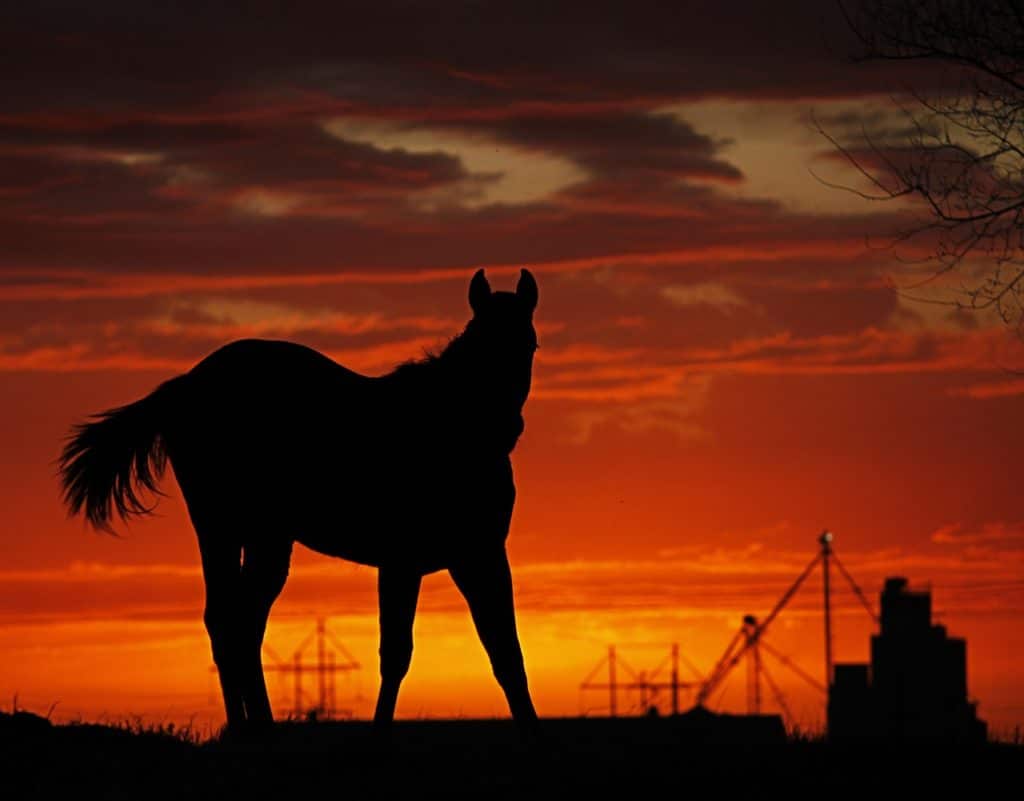
Visit The National Parks Near Oklahoma City
National Parks near City. There’s so much more to the Sooner State than Boomer Sooner.
In this article, we’ll familiarize you with the incredible national parks that are within a day’s drive of downtown Oklahoma City.
There are 6 national park sites for you to see on your next visit to the Sooner State.
To be clear, this list includes national park sites (as in sites managed by the National Park Service) as opposed to full-fledged national parks. To learn more about the difference between the various National Park Service designations check out our article that explains everything!
Now let’s go ahead with 6 reasons why you’ll want to hop in your car and make a day’s drive from Oklahoma City to one of these truly amazing places.
Table Of Contents: National Parks Near Oklahoma City
Table of Contents: National Parks Near Oklahoma City
- Visit The National Parks Near Oklahoma City
- Facts About Oklahoma City
- National Parks Near Oklahoma City
- 1. Chickasaw National Recreation Area
- 2. Deep Fork National Wildlife Refuge
- 3. Oklahoma City National Memorial
- 4. Santa Fe National Historic Trail | National Parks Near Oklahoma City
- 5. Trail Of Tears National Historic Trail
- 6. Washita Battlefield National Historic Site
- Map Of The National Parks For You To Visit Near Oklahoma City
Facts About Oklahoma City
Oklahoma City is the capital and largest city of the state of Oklahoma, located in the central part of the state. It is the largest city in the state, with a population of over 650,000 people in the metropolitan area.
The city has a diverse economy, with a mix of manufacturing, government, and service industries. It’s home to a number of major corporations, including Chesapeake Energy and Devon Energy, as well as the headquarters of Love’s Travel Stops & Country Stores.
It’s also home to a number of military bases, including Tinker Air Force Base and Fort Sill Army Base.
Oklahoma City has a humid subtropical climate, with hot, humid summers and mild winters. The city is known for its severe weather, including frequent tornadoes and thunderstorms.
The city has a number of cultural attractions, including the Oklahoma City National Memorial & Museum, which honors the victims of the 1995 bombing of the Alfred P. Murrah Federal Building, and the National Cowboy & Western Heritage Museum, which celebrates the history and culture of the American West.
It’s also home to a number of professional sports teams, including the Oklahoma City Thunder basketball team.
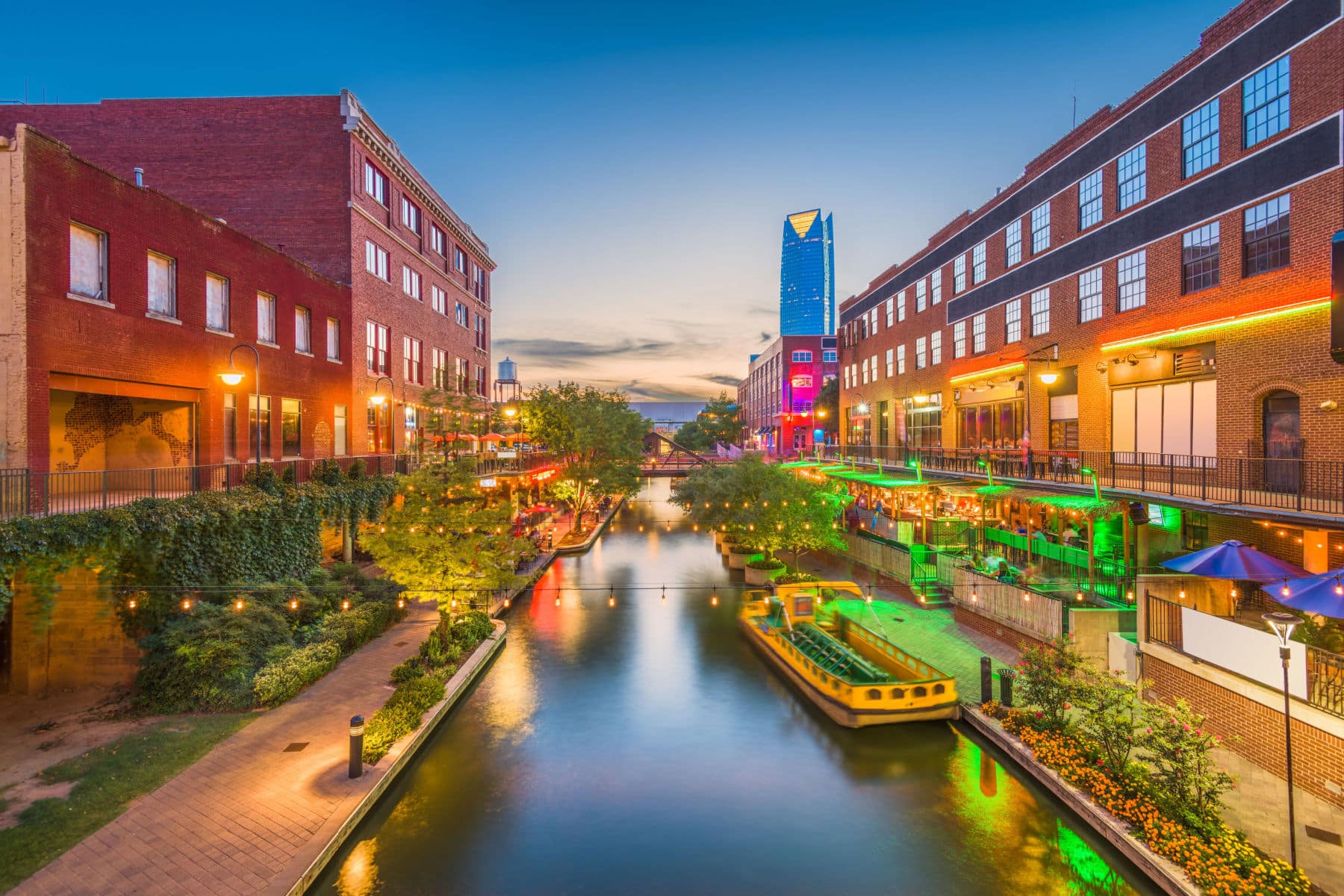
National Parks Near Oklahoma City
1. Chickasaw National Recreation Area
Distance From Oklahoma City: One hour 33 minutes (88 miles) via I-35 S.
Activities: boating, skiing, sailing, fishing, swimming, hiking, camping.
Chickasaw National Recreation Area is Oklahoma’s oldest national park area. Here’s a little history. In 1902, the U.S. Government purchased 640 acres from the Chickasaw Nation to protect the mineral and freshwater springs.
In 1906, it was renamed Platt National Park at which time additional acreage was added. In 1976, Platt National Park and Arbuckle Recreation Area joined to form the Chickasaw National Recreation Area.
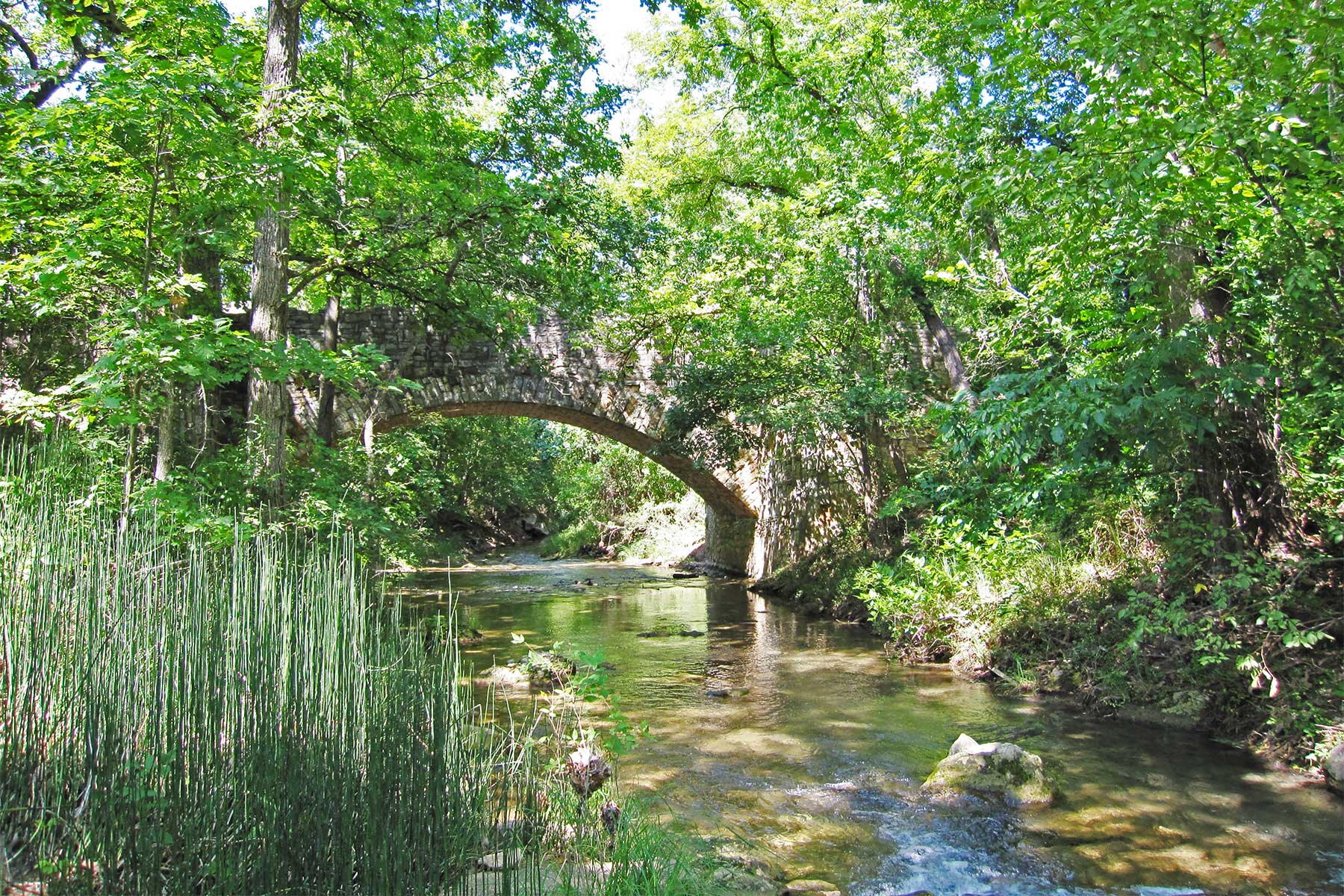
Recreational Opportunities
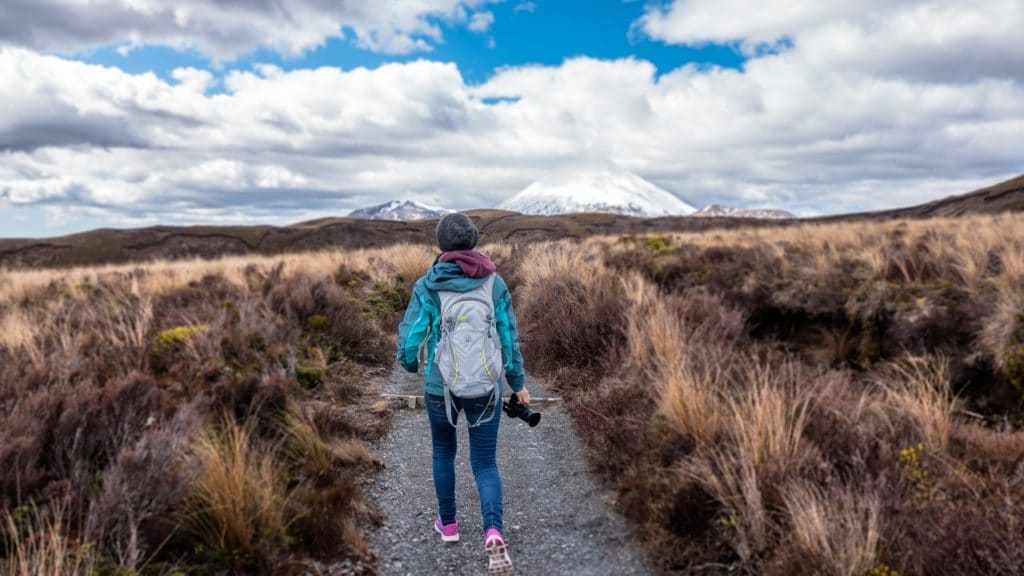
Today this beautiful national park is a lovely oasis of water, foliage and wildlife. It all comes together to create the perfect outdoor experience. The park is located in south-central Oklahoma.
If you enjoy a good hike there are more than 30 miles of trails for both novice and experienced hikers to enjoy. Newcomers to the park should begin their experience at the Travertine Nature Center. It’s the park’s main educational center.
It provides interactive learning opportunities, informational exhibits and other Ranger-led programs including guided hikes and educational tours on the flora and fauna found within the park.
2. Deep Fork National Wildlife Refuge
Distance From Oklahoma City: One hour 35 minutes (99 miles) via I-40 E.
*Deep Fork is technically not a national park site – managed by US Fish & Wildlife.
Established in 1993 to protect the rapidly disappearing bottomland hardwood forests of eastern Oklahoma, Deep Fork National Wildlife Refuge is a truly breathtaking wilderness area.
It’s a 10,000 acre refuge, which offers a crucial resource for waterfowl migrating along the Central Flyway in the spring and fall. This beautiful bottomland hardwood forest features trees which include the black walnut, bur oak, cottonwood, hackberry, pecan, pin oak and river birch.
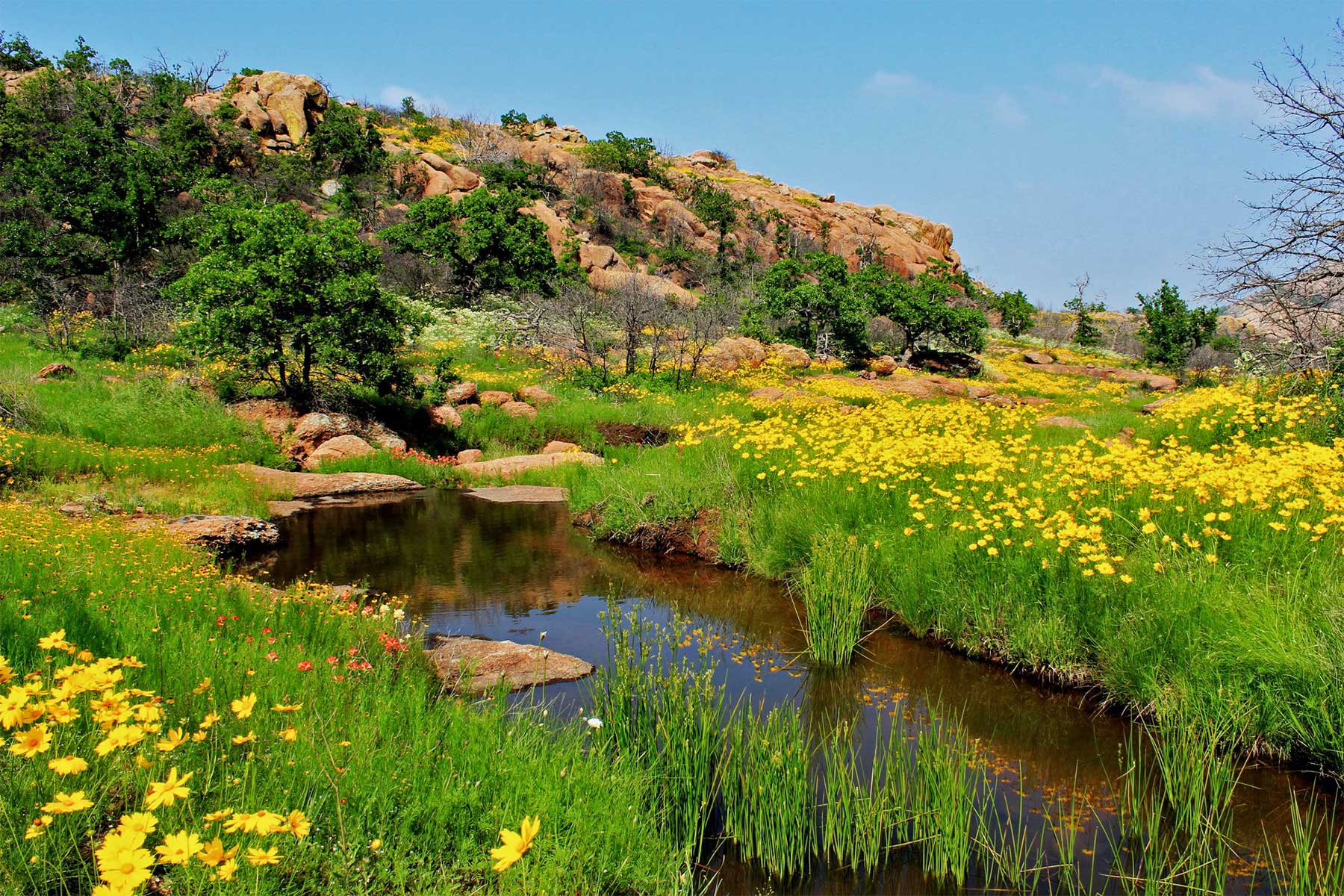
Amazing Wildlife At Deep Fork
If you enjoy watching wildlife, four of the state’s species dwell here: alligator snapping turtle, Bell’s vireo, the northern scarlet snake and the river otter.
There are 254 bird species to be found on the refuge for at least part of the year. There are also 51 confirmed mammal species in the Deep Fork River basin. Okmulgee County is a great place to see wildlife as it is home to over 50 species of reptiles and 22 species of amphibians.
3. Oklahoma City National Memorial
Distance From Oklahoma City: It’s in Oklahoma City.
On April 19, 1995, Timothy McVeigh and Terry Nichols, detonated a bomb at the Alfred P. Murrah Federal Building in Oklahoma City.
This horrific bombing happened at 9:02 a.m. It killed 168 people and injured more than 680 others. The bomb destroyed more than one-third of the building, which then had to be demolished.
The Oklahoma City National Memorial is a memorial honoring the victims, survivors, rescuers, and all who were affected by this tragic event. It was authorized on October 9, 1997, by President Bill Clinton’s signing of the Oklahoma City National Memorial Act.
The Memorial is located on NW 5th Street between N. Robinson Avenue and N. Harvey Avenue.
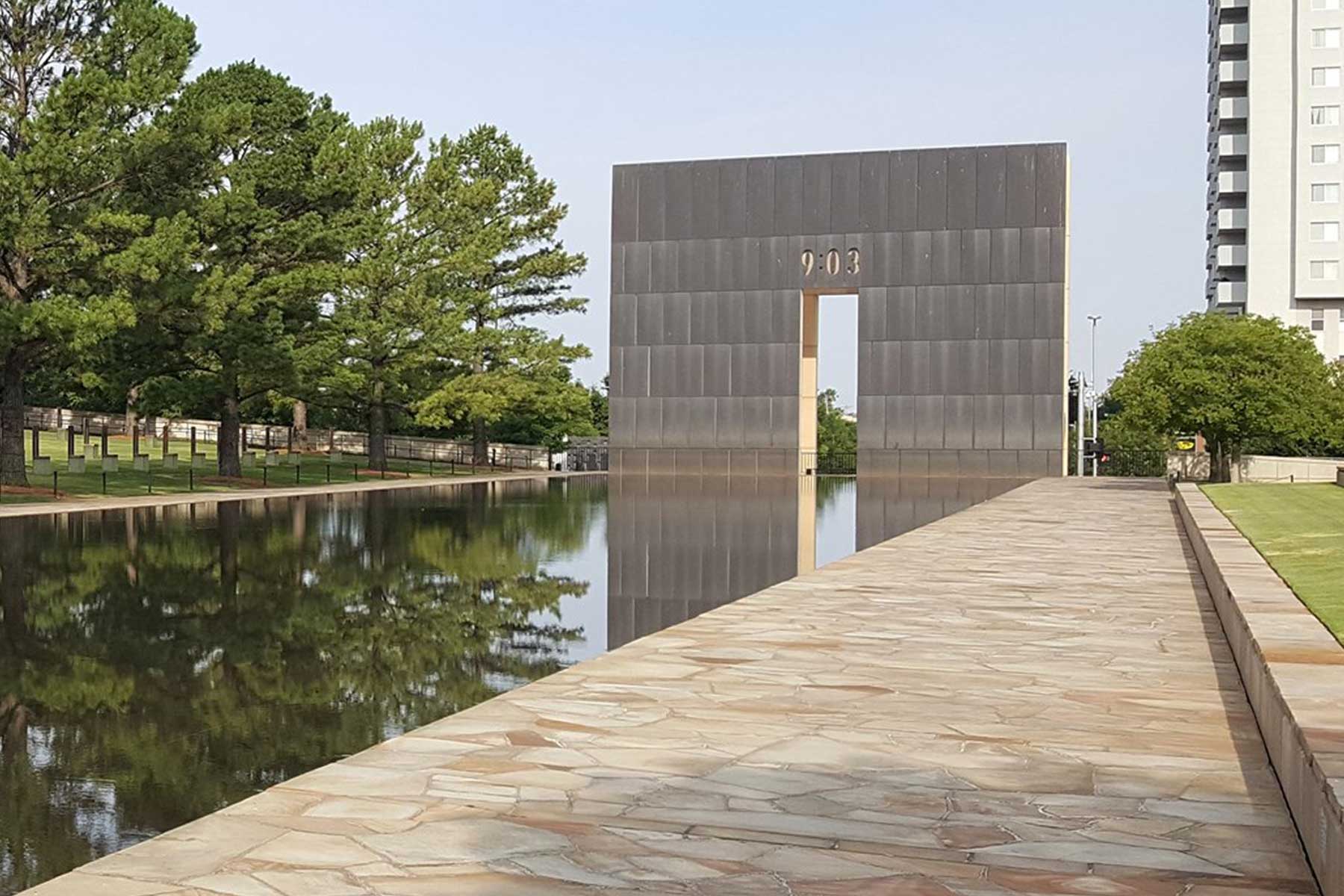
The Museum
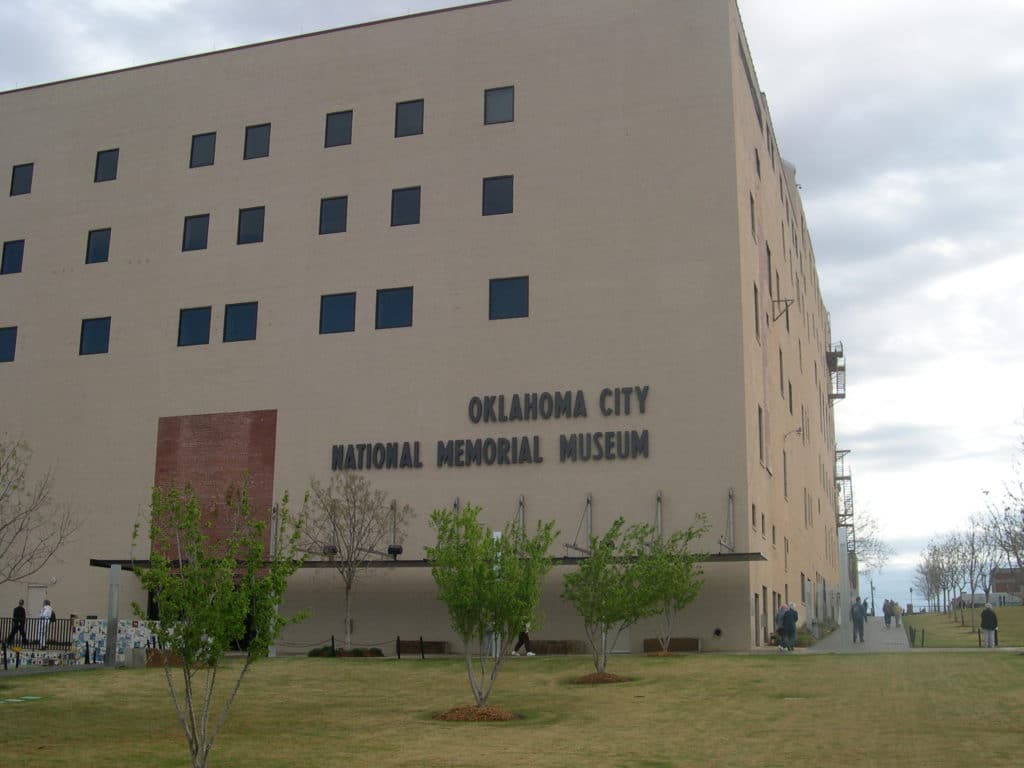
Visitors are encouraged to check out the Memorial Museum. It’s an interactive learning experience. It takes visitors on self-guided tours through the story of those who were killed, those who survived and those whose lives were changed forever.
The Museum includes 35 interactive exhibits as well as hundreds of hours of video and artifacts to show visitors each personal detail. Admission fees help to maintain the Memorial.
4. Santa Fe National Historic Trail | National Parks Near Oklahoma City
Distance From Oklahoma City: The direct drive from Oklahoma City to Santa Fe is 534 miles and should have a drive time of 7 hours 46 mins in normal traffic.
Westward Ho! Between 1821 and 1880, the Santa Fe Trail was a highway connecting Missouri and Santa Fe, New Mexico. The route was originally pioneered by Missouri trader William Becknell.
Once Bucknell showed how it was done, others decided to follow. By 1825, goods from Missouri were being traded in Santa Fe, as well as other points farther south.
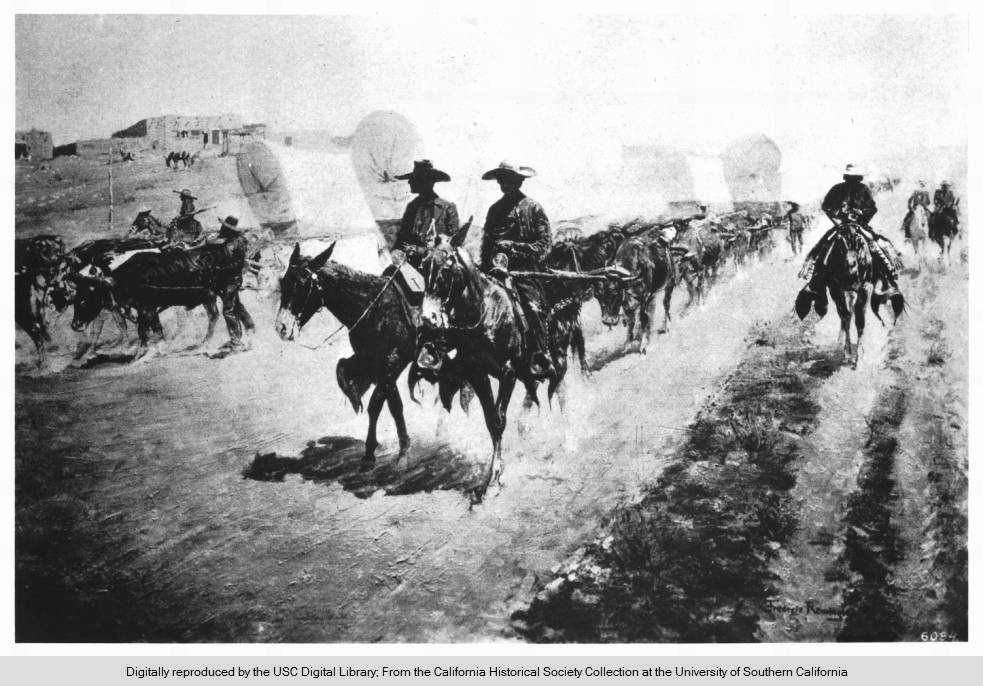
The Routes
There were two major routes. Some used the Mountain Route, which offered more dependable water, but required an arduous trip over Raton Pass.
Others took the Cimarron Route. It was shorter and faster, but required knowledge of where the route’s scarce water supplies were located. It you ran out of water then you weren’t likely to survive the journey.
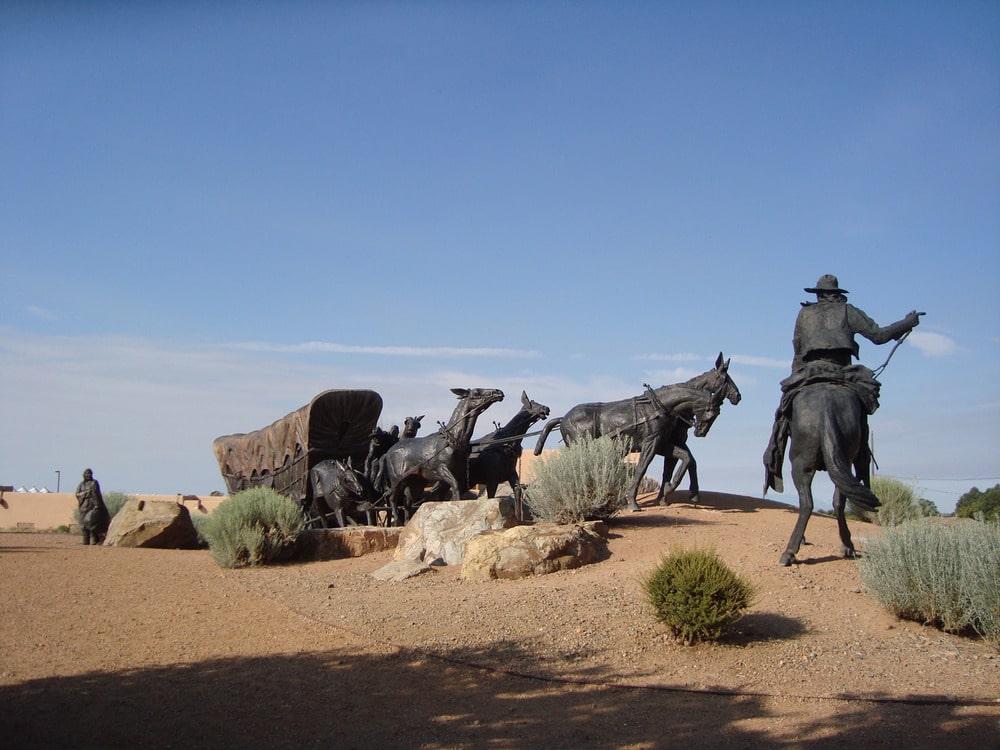
Now here’s an interesting fact. During the Mexican-American War, the U.S. Army actually followed the Santa Fe Trail westward to successfully invade Mexico. The Treaty of Guadalupe Hidalgo ended this war in 1848.
Afterward, the Santa Fe Trail became a national road connecting the more settled parts of the United States to the new southwest territories.
The Santa Fe Trail Today
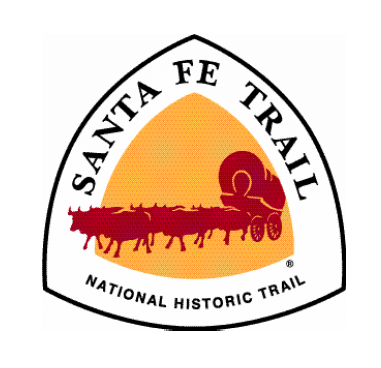
Today the Santa Fe National Historic Trail extends between western Missouri to Santa Fe, New Mexico. Along the way, there are museums, historic sites, landmarks, and original trail segments located all along the length of this historic trail.
There’s a wonderful book filled with amazing stories about life on the legendary Santa Fe Trail. Written by David Dary, it’s titledThe Santa Fe Trail: Its History, Legends, and Lore.

5. Trail Of Tears National Historic Trail
As a former history teacher, I believe no study of American history is complete without an understanding of the Trail of Tears. This history lesson begins in 1830. It was in that year that Congress passed the Indian Removal Act.
This infamous piece of legislation forced various Native American tribes to relinquish their lands in exchange for federal territory.
Most of the major tribes – the Choctaws, Muscogee Creeks, Seminoles, and Chickasaws – agreed to be relocated to Indian Territory (in present-day Oklahoma).
The Trail Of Tears
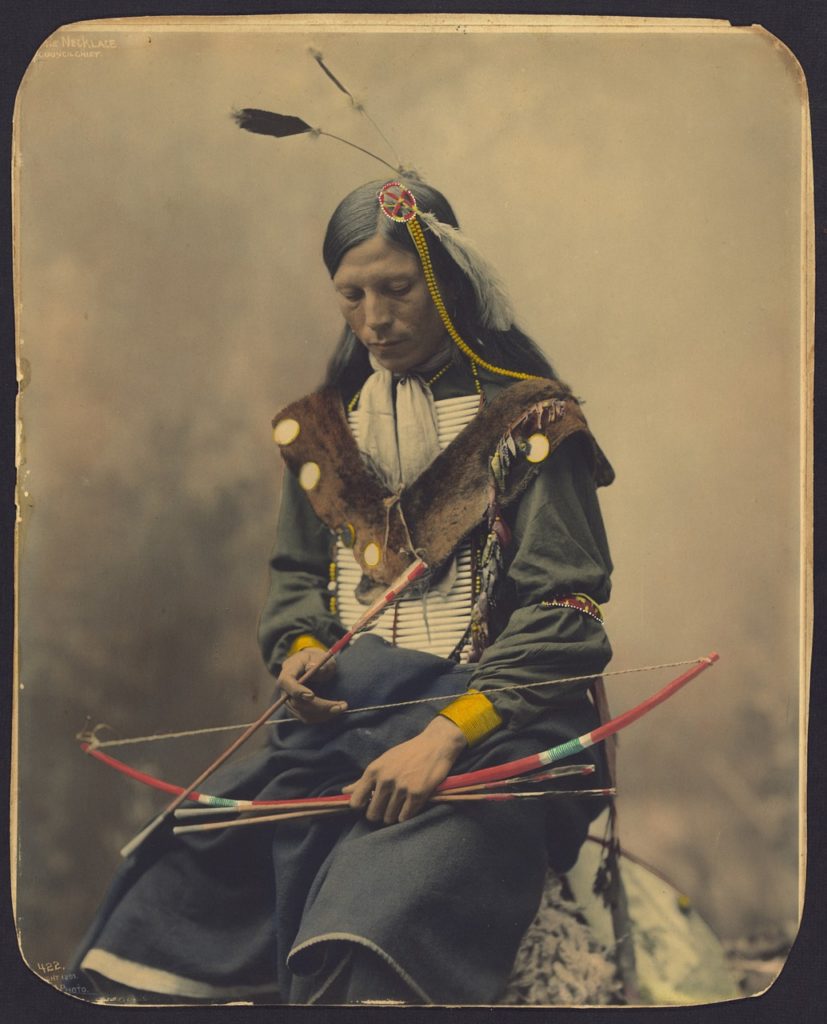
As the National Park Service reports, “U.S. Army troops, along with various state militia, moved into the tribe’s homelands and forcibly evicted more than 16,000 Cherokee Indian people from their homelands in Tennessee, Alabama, North Carolina, and Georgia.”
“The impact of the resulting Cherokee “Trail of Tears” was devastating. More than a thousand Cherokee – particularly the old, the young, and the infirm – died during their trip west, hundreds more deserted from the detachments, and an unknown number – perhaps several thousand – perished from the consequences of the forced migration.
The tragic relocation was completed by the end of March 1839, and resettlement of tribal members in Oklahoma began soon afterward.” (Source: National Park Service)
The Trail Of Tears Today
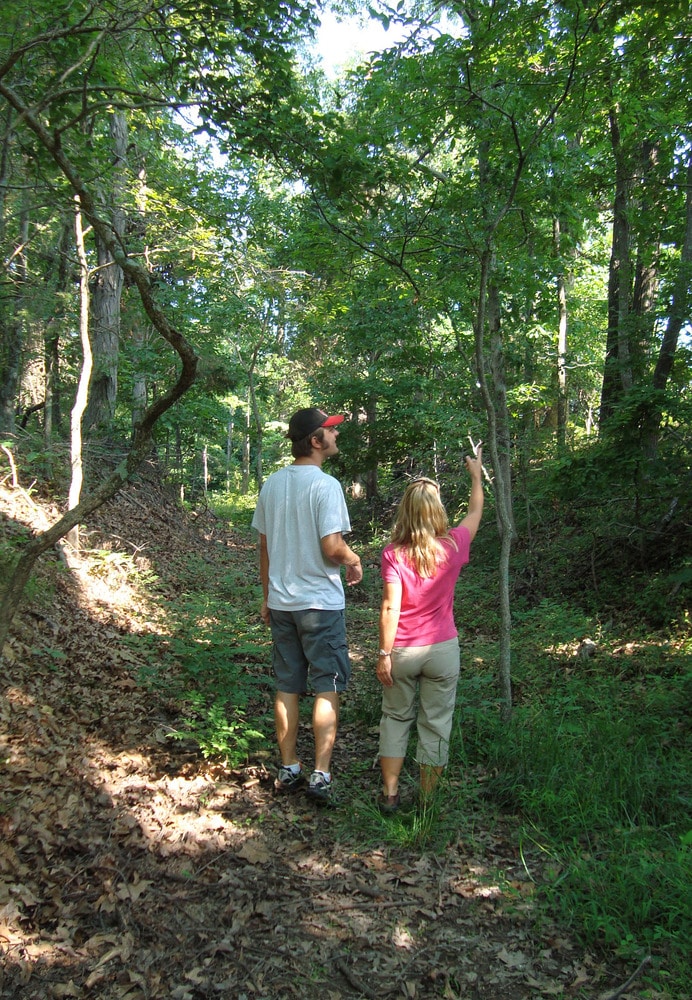
This incredible trail stretches 5,043 miles across nine states. You can follow the trail on foot, by vehicle, over water, by bicycle or by horse. Along the way, you will see sacred sites which tell the story of death and suffering as well as survival.
It’s on 44 heavily wooded acres in the Oklahoma foothills of the Ozark Mountains. The Center honors the rich Cherokee history and culture. It includes a fascinating exhibit on the Trail of Tears among other informative displays. It’s on 44 heavily wooded acres in the Oklahoma foothills of the Ozark Mountains. The Center honors the rich Cherokee history and culture.
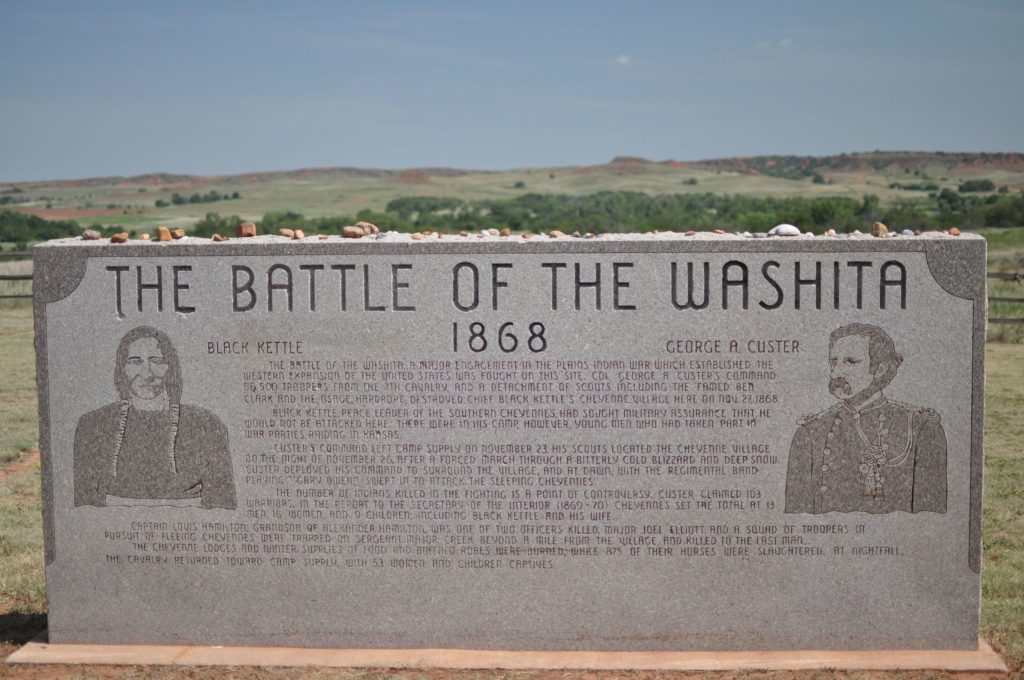
6. Washita Battlefield National Historic Site
Distance From Oklahoma City: Two hours 22 minutes (145 miles) via I-40 W.
On November 27, 1868, Lt. Colonel George Armstrong Custer led his famed 7th US Cavalry on a surprise dawn attack on a Cheyenne village. In his military dispatches, Custer referred to it as the Battle of Washita.
The strike was hailed by the military as a significant victory aimed at reducing Indian raids on frontier settlements as it forced the Cheyenne back to the reservation set aside for them.
For a long time it was seen as a glorious victory for Lt. Col. George Armstrong Custer against Chief Black Kettle of the Cheyenne Nation. Instead of winning against Cheyenne soldiers, however, Custer and his troops reportedly massacred more than a hundred people, including Chief Black Kettle and his wife.
From the numbers of women and children who were senselessly slaughtered at the site, it has since been determined to have been not a battle, but a massacre.
The Dust & Fire Trail
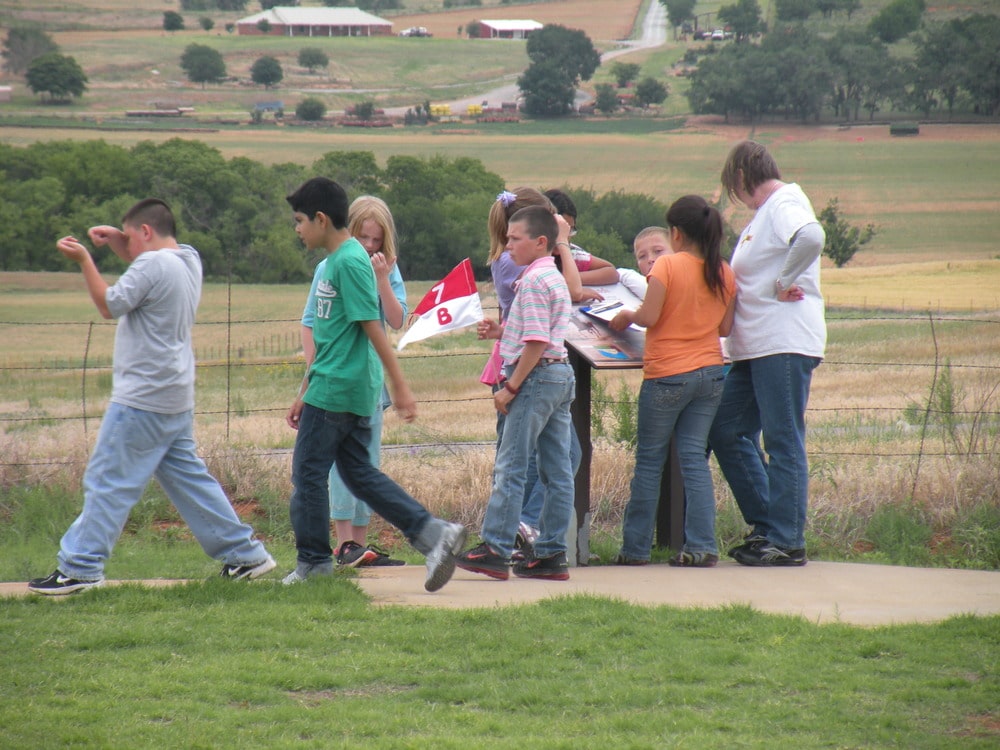
Visitors can learn about this time in history at the Washita Battlefield National Historic Site in Roger Mills County. There is a one and a half mile trail which is self guided with many brochure stops along the way.
There’s also a shorter Dust & Fire Trail. While walking it, you can learn about life on the prairie. Visitors can also explore flora, fauna, a dugout house, and a working windmill.
If you’ve never been there before then I would highly recommend starting your visit at the visitor center. It provides interactive and educational experiences including a 27-minute park film called Destiny at Dawn.
The film describes the engagement which happened on the site and the events leading up to it. There’s also a museum providing views of the Washita River Valley, which includes the Western National Parks Association Bookstore.
Map Of The National Parks For You To Visit Near Oklahoma City
List Of The National Parks Near Oklahoma City
- Chickasaw National Recreation Area
- Deep Fork National Wildlife Refuge
- Oklahoma City National Memorial
- Santa Fe National Historic Trail
- Trail Of Tears National Historic Trail
- Washita Battlefield National Historic Site
About the Folks Behind More Than Just Parks

You should probably know that we don’t just make this stuff up out of thin air. My sons have spent their entire adult lives exploring and filming America’s national parks and public lands.
As for me, I’m a retired lifelong educator and a proud dad of these two wonderful guys who are hopelessly obsessed with the national parks. I taught history for over a quarter of a century. Now I enjoy researching and writing articles for the More Than Just Parks website. I’m always on the hunt for topics where nature and history intersect so please feel free to share any ideas that you might have with me.
We’ve worked with the National Park Service, the Department of Interior, and the U.S. Forest Service for years creating films on important places and issues. Our work has been featured in leading publications all over the world and even some people outside of our immediate family call us experts on the national parks.
Meet The Parks Brothers
We’re Jim Pattiz and Will Pattiz, collectively known as the Pattiz Brothers (and sometimes the Parks Brothers) and we absolutely LOVE the national parks.
Our goal here at More Than Just Parks is to share the beauty of America’s national parks and public lands through stunning short films in an effort to get Americans and the world to see the true value in land conservation.
We hope you’ll follow our journey through the parks and help us to keep them the incredible places that they are. If you’re interested in joining the adventure then sign up below!
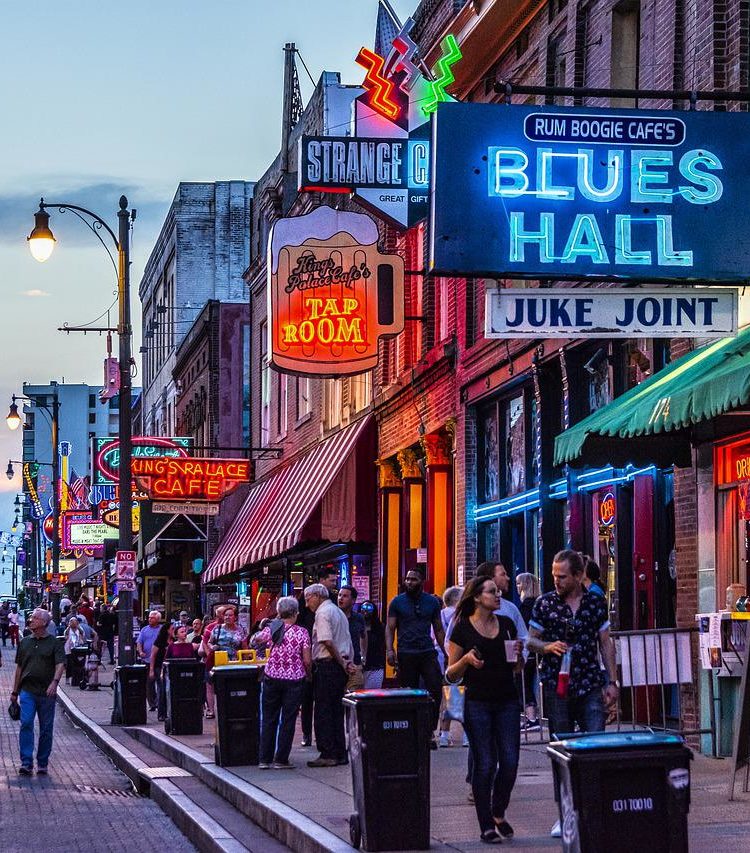
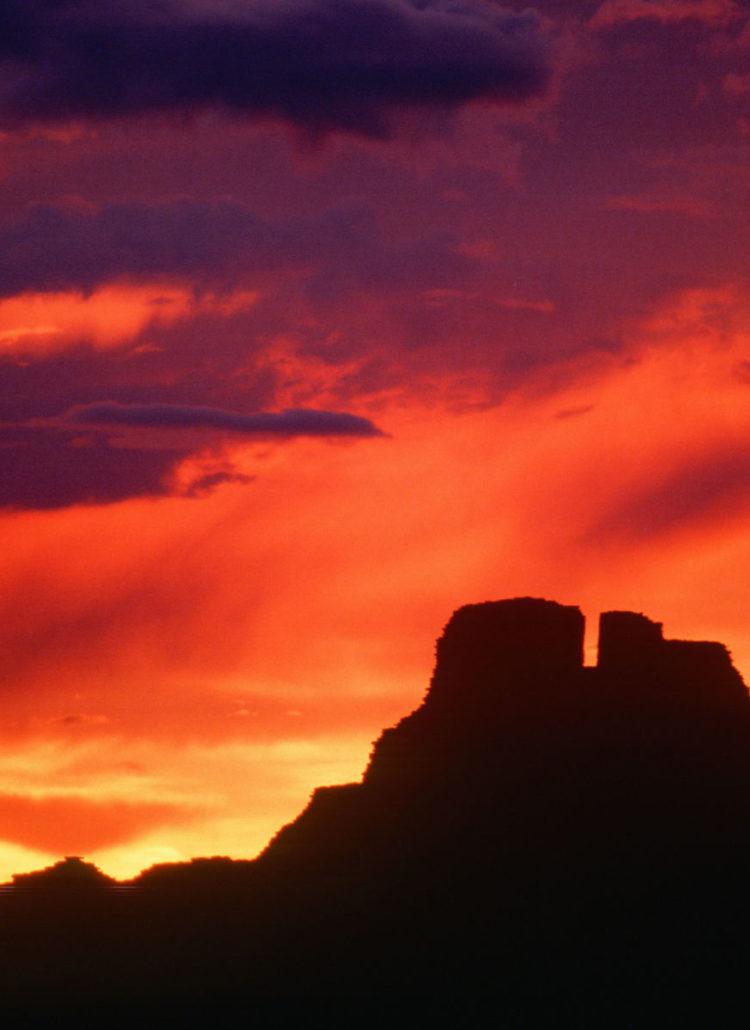
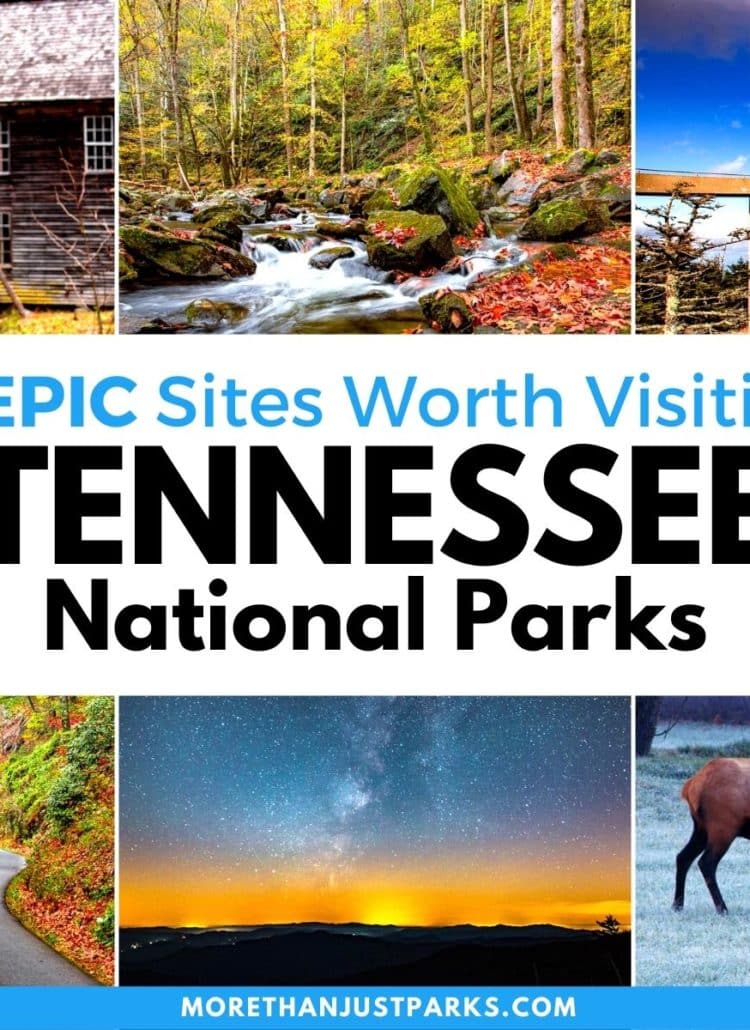


Leave a Reply